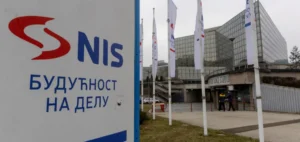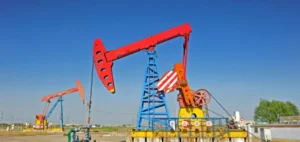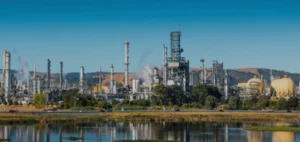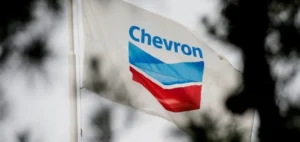Commercial crude oil inventories fell more than expected again last week in the United States, according to figures released Wednesday by the U.S. Energy Information Administration (EIA), driven by a rebound in demand.
Commercial and strategic reserves are declining
In the week ended April 21, commercial reserves contracted by 5.1 million barrels, more than three times the 1.5 million expected by analysts, according to a Bloomberg consensus. The decline is all the more remarkable given that, at the same time, U.S. strategic reserves (SPR) also fell, by 1.1 million barrels.
The decline in inventories was partly due to a further acceleration in U.S. refinery activity, with the utilization rate rising to 91.3% from 91.0% the previous week, the highest since late December. Another element of explanation is the rise in exports (+5%), while imports have remained almost stable (+1%). The decline in inventories was also due to a rebound in demand, with a 4.6% increase in refined product shipments over one week.
Oil is up 11.6% on a week
For once, gasoline stood out, with a rise of 11.6% over one week. Gasoline volumes delivered in the U.S. last week reached their highest weekly level in 16 months. As a result of this renewed appetite, gasoline inventories fell by 2.4 million barrels, more than double the expected 1.1 million.
This is a significant improvement in a market concerned about the lack of demand in the United States and the rest of the world. “Despite these consistent declines, prices remained in the red as demand concerns and recession fears overshadowed the rather positive EIA numbers” for prices, commented Matt Smith of Kpler. Around 15:20, the barrel of Brent North Sea for delivery in June was down 0.37% to 80.47 dollars.






















